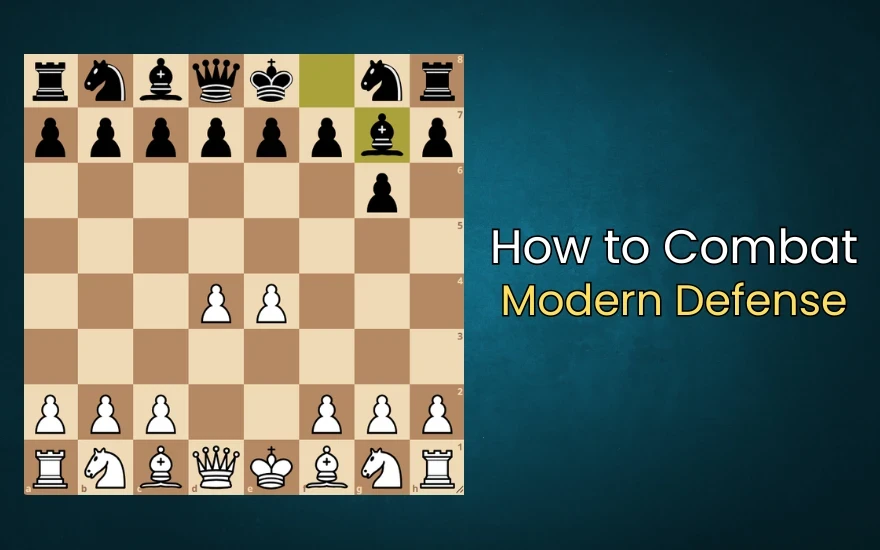
How to Combat Modern Defense
Someone DMed me saying that he has an OTB game tomorrow against an opponent who always plays the modern defense so that's what this post will be all about (anyone can benefit from it as modern defense can be played against pretty much anything)There are certain openings that, by their very nature, provoke you.
They invite you to “come and prove something,” to grab the center, to test whether your opponent’s calm setup is really as universal as they claim. The Modern Defense (and its close cousin, the Pirc) is one of those provocations. Black sits back with ...g6, ...Bg7, ...d6 and says: “Do your worst.”
And the Austrian Attack — beginning with 1.e4 g6 2.d4 Bg7 3.Nc3 d6 4.f4 — is White’s way of saying: “Gladly.”
The Spirit of the Austrian
The Austrian Attack isn’t about subtlety. It’s about space, initiative, and psychological discomfort.
By playing f4, White takes immediate control of the center, denying Black easy counterplay and preparing a kingside storm. It’s one of the few systems where White gets to have both: a big pawn center and attacking chances — without having to overextend positionally.
From a practical point of view, it’s ideal for OTB play: you don’t need to know a hundred moves of theory, you just need to understand a few key ideas — and then you can play chess.
Let's Get to Business
So for analysis I'd encourage you to look at these three studies:
Let's Summarize: What's Good About It
The Austrian Attack works not because it’s the most “objective” line, but because it’s human.
It exploits what real players do over the board:
- They underestimate space.
- They delay counterplay.
- They forget how fast a kingside can collapse once h4–h5 lands.
If you want an opening that’s aggressive yet logical, sound yet venomous, and — above all — gives you the initiative from move four, then the Austrian Attack might be the best way to fight back against the Modern.
The OTB Advantage
What makes the Austrian Attack such a powerful OTB weapon is simply the clarity.
You know exactly what you’re doing.
You’re not relying on an engine-approved move order or memorized nuance, instead you’re following principles that create pressure:
- Claim the center.
- Limit counterplay.
- Open the h-file.
- Attack the king.
Meanwhile, your opponent, even if he is prepared, has to make multiple defensive decisions without clear plans.
And that’s where psychology becomes very important: in fast or tense games, players hate feeling cramped.
You may also like
 CM HGabor
CM HGaborHow titled players lie to you
This post is a word of warning for the average club player. As the chess world is becoming increasin…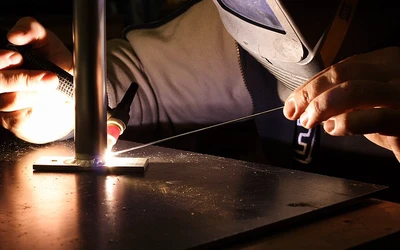 thibault
thibaultHow I started building Lichess
I get this question sometimes. How did you decide to make a chess server? The truth is, I didn't.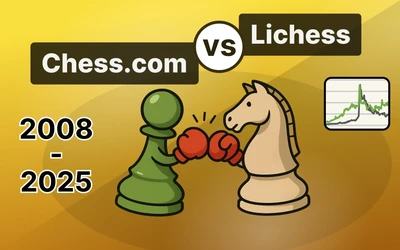 ChessMonitor_Stats
ChessMonitor_StatsWhere do Grandmasters play Chess? - Lichess vs. Chess.com
This is the first large-scale analysis of Grandmaster activity across Chess.com and Lichess from 200…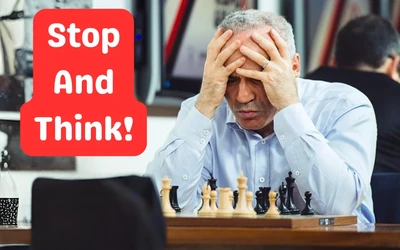 IM doughnut42
IM doughnut42How to Know When to Pause and Think in Blitz
If you struggle do understand when to trust your instincts and play fast in blitz, and when to take …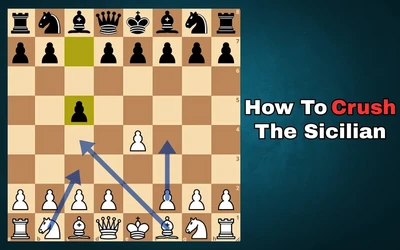 IM doughnut42
IM doughnut42The Sicilian Slayer: Why the Grand Prix Attack Works at Every Level
If you struggle with combating the Sicilian, this post may be for you, especially if you love attack… GM Avetik_ChessMood
GM Avetik_ChessMood